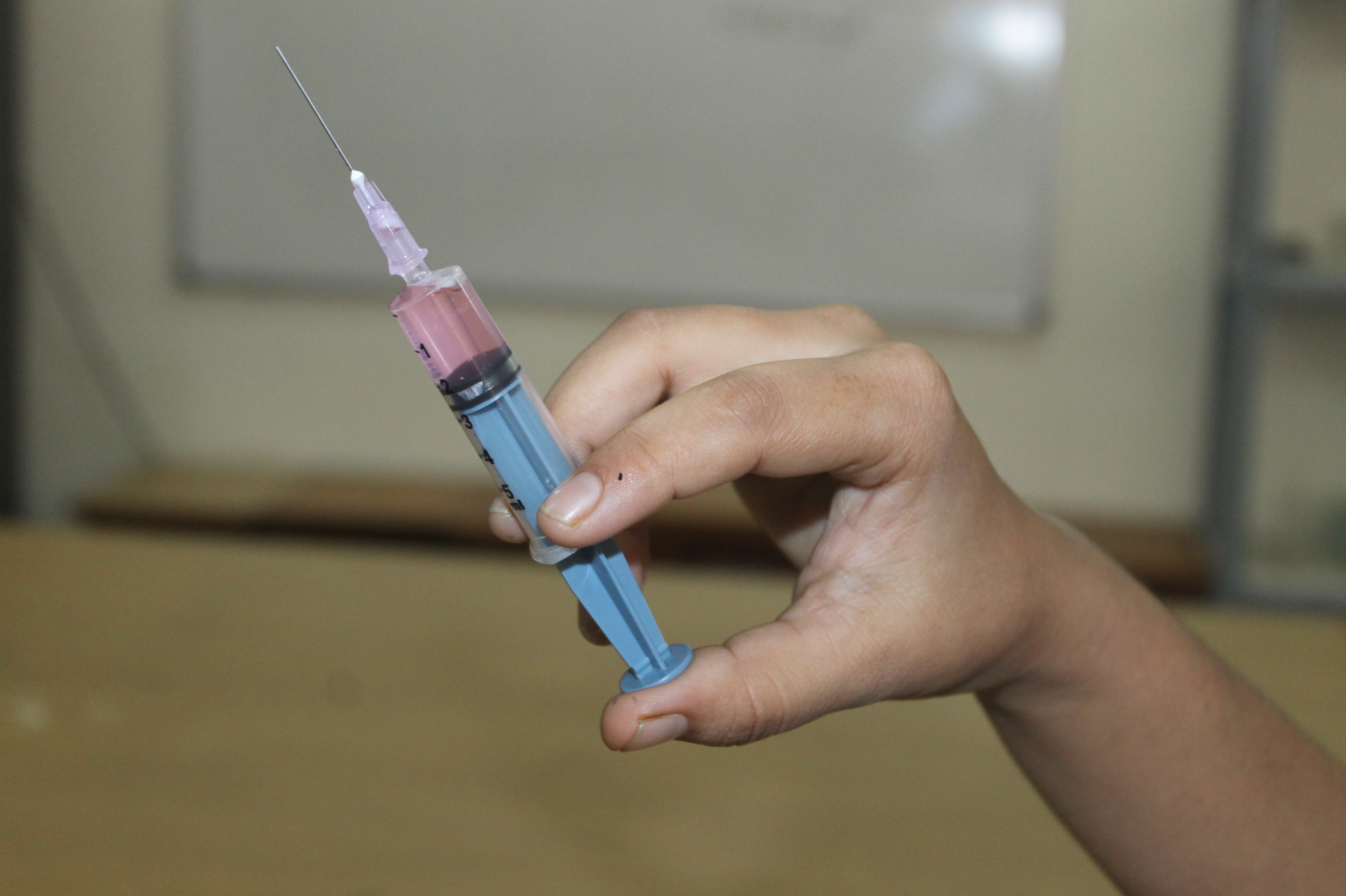Much of the controversy over additives in vaccines has centered around the mercury-containing preservative thimerosal, which is no longer found in childhood vaccines except for flu shots. But did you know that many childhood vaccines contain potentially toxic, brain-damaging levels of aluminum?
Aluminum is included in vaccines as an "adjuvant," a component that boosts the body's short-term immune response in order to produce antibodies to the vaccine agent faster. This very function may be part of what makes aluminum in vaccines dangerous.
Aluminum is also a neurotoxin that has been linked to various types of brain damage.
Aluminum in vaccines is safe appears to be widely accepted. Experimental research, however, clearly shows that aluminum adjuvants have a potential to induce serious immunological disorders in humans. In particular, aluminum in adjuvant form carries a risk for autoimmunity, long-term brain inflammation and associated neurological complications and may thus have profound and widespread adverse health consequences. In our opinion, the possibility that vaccine benefits may have been overrated and the risk of potential adverse effects underestimated, has not been rigorously evaluated in the medical and scientific community. According to another studies the toxicity of aluminum depends largely on the route and length of exposure. Following single injections, occasional irritation (dermal) at the site of injection is the only adverse effect that has been reported in the published literature. Neurotoxicity in rats has been demonstrated following long-term injections of aluminum leading to aluminum overload or aluminum toxicosis.
What is an adjuvant and why are adjuvants added to vaccines?
An adjuvant is an ingredient of a vaccine that helps create a stronger immune response in the patient’s body. In other words, adjuvants help vaccines work better. Some vaccines made from weakened or dead germs contain naturally occurring adjuvants and help the body produce a strong protective immune response. However, most vaccines developed today include just small components of germs, such as their proteins, rather than the entire virus or bacteria. These vaccines often must be made with adjuvants to ensure the body produces an immune response strong enough to protect the patient from the germ he or she is being vaccinated against.
Is aluminum in vaccines?
Aluminum is present in vaccines that prevent hepatitis A, hepatitis B, diphtheria-tetanus-pertussis, Haemophilus influenzae type b, human papillomavirus and pneumococcus. Aluminum is not present in influenza vaccines, polio vaccines or live viral vaccines, such as those that prevent measles, mumps, rubella, chickenpox, shingles and rotavirus.
Two adjuvants, aluminum and monophosphoryl lipid A, are used in some vaccines.
Aluminum gels or aluminum salts are vaccine ingredients that have been used in vaccines since the 1930s. Small amounts of aluminum are added to help the body build stronger immunity against the germ in the vaccine. Aluminum is one of the most common metals found in nature and is present in air, food, and water. The amount of aluminum present in vaccines is low and is regulated by the U.S. Food and Drug Administration (FDA).
Monophosphoryl lipid A has been used since 2009 in one vaccine in the US, Cervarix. This immune-boosting substance was isolated from the surface of bacteria. It has been tested for safety in tens of thousands of people and found to be safe.
How much aluminum is in vaccines?
During the first 6 months of life, infants could receive about 4 milligrams of aluminum from vaccines. That’s not very much: a milligram is one-thousandth of a gram and a gram is the weight of one-fifth of a teaspoon of water. During the same period, babies will also receive about 10 milligrams of aluminum in breast milk, about 40 milligrams in infant formula, or about 120 milligrams in soybased formula
Adjuvants have been used safely in vaccines for many decades.
Aluminum salts, such as aluminum hydroxide, aluminum phosphate, and aluminum potassium sulfate have been used safely in vaccines for more than 70 years. Aluminum salts were initially used in the 1930s, 1940s, and 1950s with diphtheria and tetanus vaccines after it was found that this addition strengthened the body’s immune response to these vaccines.
Monophosphoryl lipid A is a type of adjuvant that was developed more recently, as experts continue to increase their knowledge of how to stimulate certain specific elements of the body’s immune response to vaccines.
Source: cdc.gov/, NaturalNews, PMID: 21568886, vaccine.chop.edu, nature.com/jes/journal/v20/n7/full/jes200964a.html, http://www.quackwatch.org, Miu AC, Andreescu CE, Vasiu R, Olteanu AI. A behavioral and histological study of the effects of long-term exposure of adult rats to aluminum. Int J Neurosci 2003;113(9):1197–211., Lu ZY, Gong H, Amemiya T. Aluminum chloride induces retinal changes in the rat. Toxicol Sci 2002;66(2):253–60.
